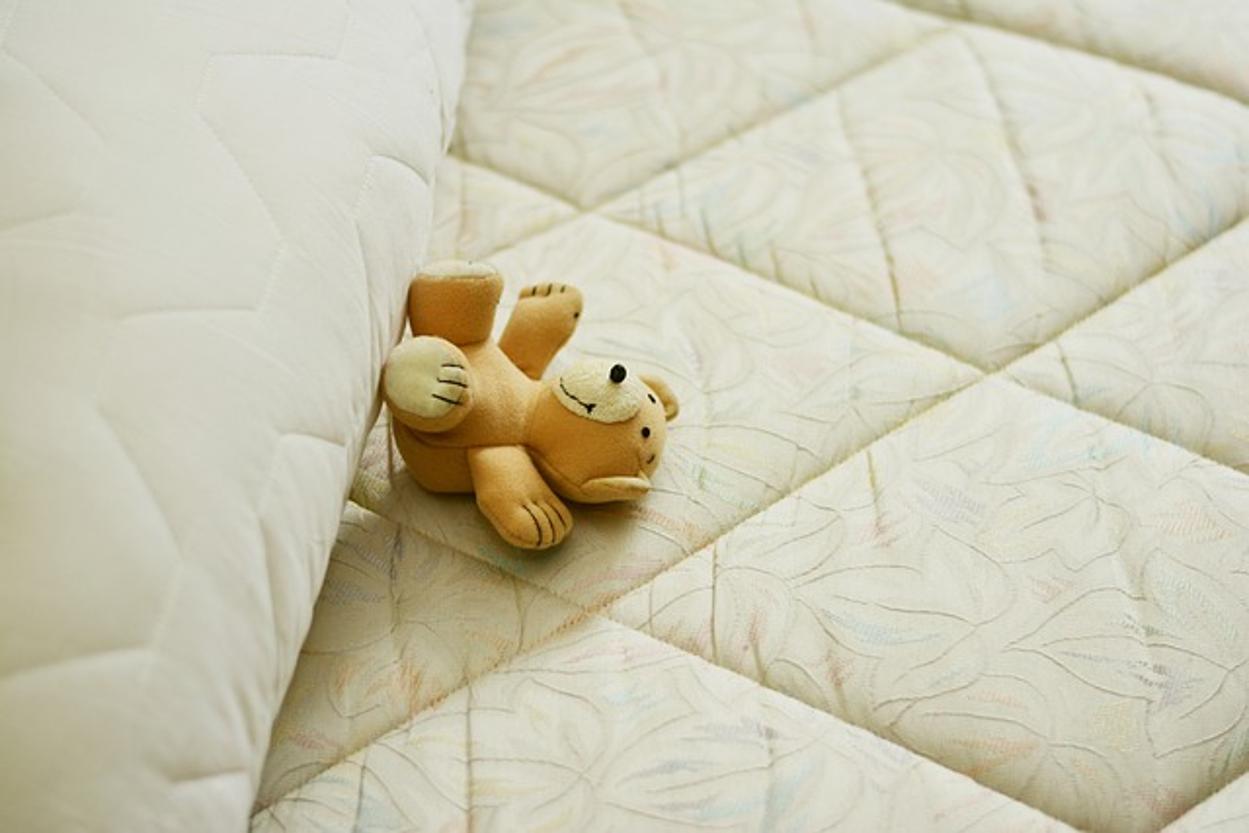How to Store a Mattress
Introduction
Storing a mattress properly ensures it stays in good condition, ready to provide you with a comfortable sleep when needed. Whether you’re moving, downsizing, or simply need to store your mattress for a time, it’s important to follow specific steps to protect it from damage, dirt, and pests. In this guide, we’ll walk you through the necessary steps on how to store a mattress to keep it fresh and clean.

Preparing the Mattress for Storage
Before placing your mattress in storage, you must prepare it correctly. Start by gathering the right tools and creating a plan to ensure the mattress remains in the best possible condition. This preparation process is essential to ensure the mattress remains comfortable and hygienic.
First, remove all bedding, including sheets, mattress protectors, and pillowcases. Clean these separately and store them in a dry, cool place. Next, inspect the mattress for any signs of damage or stains that need to be addressed before storage.
Cleaning the Mattress
Cleaning your mattress thoroughly is an essential step before storage. This process will remove any dust, allergens, or potential contaminants that could lead to mold or odors.
Tools and Materials Needed
- Vacuum cleaner with an upholstery attachment
- Baking soda
- Mild laundry detergent
- Soft sponge or cloth
- Water
- Enzyme-based cleaner (optional)
Step-by-Step Cleaning Process
- Vacuum the Mattress: Use the upholstery attachment on your vacuum cleaner to remove any dust, dirt, and debris from the surface of the mattress. Make sure to vacuum all sides thoroughly.
- Treat Stains: Mix a mild laundry detergent with water to create a gentle cleaning solution. Use a soft sponge or cloth to apply the solution to any stains, gently blotting the area until the stain is removed. For tougher stains, consider using an enzyme-based cleaner.
- Deodorize: Sprinkle a generous amount of baking soda over the entire surface of the mattress to neutralize odors. Let it sit for at least 15 minutes, then vacuum the baking soda thoroughly.
Drying the Mattress Completely
After cleaning, allowing the mattress to dry completely is crucial to prevent mold and mildew growth. Place the mattress in a well-ventilated room or, if possible, outside in a shaded area. Ensure that both sides of the mattress get ample airflow. Depending on humidity levels, this process might take several hours to a full day. Patience is key here, as rushing this step can lead to moisture retention and future problems.
Choosing the Right Storage Location
Selecting the appropriate storage location for your mattress is vital. The right environment can prevent potential damage from temperature fluctuations and humidity, keeping your mattress in prime condition.
Climate Considerations: Temperature and Humidity
Store your mattress in a cool, dry place where temperature and humidity are controlled. Ideal locations include climate-controlled storage units or spare rooms within your home. High humidity can lead to mold growth, while extreme temperatures may cause material degradation.
Avoiding Direct Sunlight
Avoid storing your mattress in direct sunlight, as UV rays can weaken and discolor the fabric. Prolonged exposure to sunlight can also damage the internal materials, affecting the overall durability and comfort.

Packing the Mattress
Proper packing can shield your mattress from dust, pests, and other potential damages while in storage. Investing time in this step ensures your mattress remains in top shape.
Covering the Mattress
Use a high-quality plastic mattress cover to protect the mattress from dirt, dust, and pests. These covers are specifically designed to fit mattresses snugly, providing an extra layer of protection.
Using Protective Wrapping
In addition to a mattress cover, consider wrapping the mattress in moving blankets or bubble wrap for added cushioning. Secure the wrapping with packing tape to ensure it stays in place during transport.
Transporting the Mattress Safely
When it’s time to move the mattress to the storage location, proper handling is crucial to avoid damage. This step ensures that the mattress remains in good condition.
Proper Handling Techniques
Lift and carry the mattress with care, ideally with the help of another person. Avoid bending or folding the mattress, as this can cause structural damage. Use a suitable vehicle for transport, ensuring the mattress is properly secured to prevent shifting.
Storing the Mattress
Once at the storage location, how you store the mattress will impact its condition over time. Correct positioning and ventilation are key factors.
Positioning the Mattress Correctly
Store the mattress flat rather than upright to maintain its structure. Placing it on its side for extended periods can cause the materials inside to shift or sag, leading to an uncomfortable sleeping surface.
Ensuring Adequate Ventilation
Make sure there is adequate airflow around the stored mattress. Avoid placing it directly on the floor, as this can trap moisture. Instead, use pallets or other supports to elevate the mattress, allowing air to circulate freely.

Reusing the Mattress
When it’s time to reuse the mattress, a few steps will ensure it’s ready for a good night’s sleep. Checking for any signs of damage and cleaning it again if needed will keep it comfortable and safe.
Checking for Damage Before Use
Inspect the mattress for any signs of damage, such as mold, pests, or structural issues. If you notice any problems, address them immediately before using the mattress.
Conclusion
Storing a mattress properly involves careful preparation, cleaning, and choosing the right storage environment. By following these steps, you can protect your mattress from damage and ensure it remains comfortable and clean for future use. Proper handling and storage techniques are key to maintaining the investment in your mattress.
Frequently Asked Questions
Can you store a mattress in a garage?
It’s not recommended to store a mattress in a garage due to potential exposure to moisture, pests, and temperature fluctuations that can damage the mattress.
How do you keep a stored mattress from getting moldy?
Ensure the mattress is completely dry before storage, use a water-resistant mattress cover, and store it in a cool, dry place with controlled humidity to prevent mold growth.
Is it okay to store a mattress on its side?
While it’s possible to store a mattress on its side for a short period, storing it flat is better to maintain its structural integrity and prevent material shifting or sagging.

